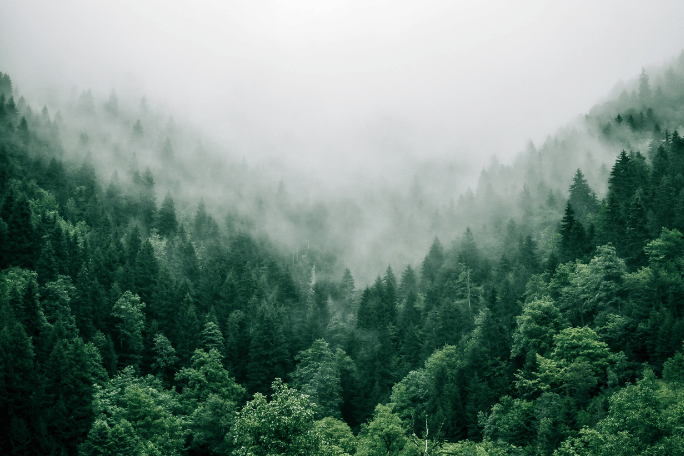Lesson Summary
In this activity, children are asked to investigate all the elements found in a forest, including plants, animals, water, wind and sunshine. Younger children are asked to look at objects relating to forests and will work as a group to create a forest collage out of these objects. Older children will investigate forest images and will then participate in a forest role-play, looking at how all the elements of a forest are related.
This activity is designed to help connect children to the wonders of the natural world through sensory and play-based learning.
Activity Intention
- This activity is designed to help connect children to the wonders of the natural world through sensory and play-based learning.
Lesson guides and printables
Lesson details
Curriculum Mapping
EYLF Learning Outcomes:
Learning Outcome 2: Children are connected with and contribute to their world
2.3 Children become aware of fairness
Learning Outcome 4: Children are confident and involved learners
4.1 Children develop dispositions for learning such as curiosity, cooperation, confidence, creativity, commitment, enthusiasm, persistence, imagination and reflexivity
4.2 Children develop a range of skills and processes such as problem solving, inquiry, experimentation, hypothesising, researching and investigating
4.3 Children transfer and adapt what they have learned from one context to another
Resources Required
- Ages – 0 to 2: A3 size or larger piece of cardboard, coloured paints to create a forest backdrop, images of forests and animals that can be cut up (you can use the images on the Forest flashcards and collect more if you need), leaves, twigs, nuts, flowers, animals (toys or images), and materials to represent the sun, wind and water (e.g. coloured paper or material), glue and sticky tape.
- Ages – 2 to 3: Large piece of paper or cardboard, images of forests and animals that can be cut up (you can use the images on the Forest flashcards and collect more if you need), leaves, twigs, nuts, flowers, animals (toys or images), and materials to represent the sun, wind and water (e.g. coloured paper or material).
- Ages – 3 to 5: Forest flashcards.
Supporting resources:
- Images of other ecosystems to prompt further discussion.
- Sounds of the Australian bush – e.g. https://www.youtube.com/watch?v=qp8LH4eiQNA
Additional Info
Cool Australia Presents Biodiversity from Cool Australia on Vimeo.
This is an original Cool.org lesson. Facts and figures in these lessons may have changed since this lesson was published. We always endeavour to update our resources in a timely manner, but if you see an error or issue in our resources please get in touch with us.


Welcome back!
Don't have an account yet?
Log in with:
By signing up to Cool.org you consent and agree to Cool's privacy policy to
store, manage and process your personal information. To read more, please see
our privacy policy here(Opens in new tab).
Create your free Cool.org account.
Many of our resources are free, with an option to upgrade to Cool+ for premium content.
Already have an account?
Sign up with:
By signing up to Cool.org you consent and agree to Cool's privacy policy to
store, manage and process your personal information. To read more, please see
our privacy policy here(Opens in new tab).